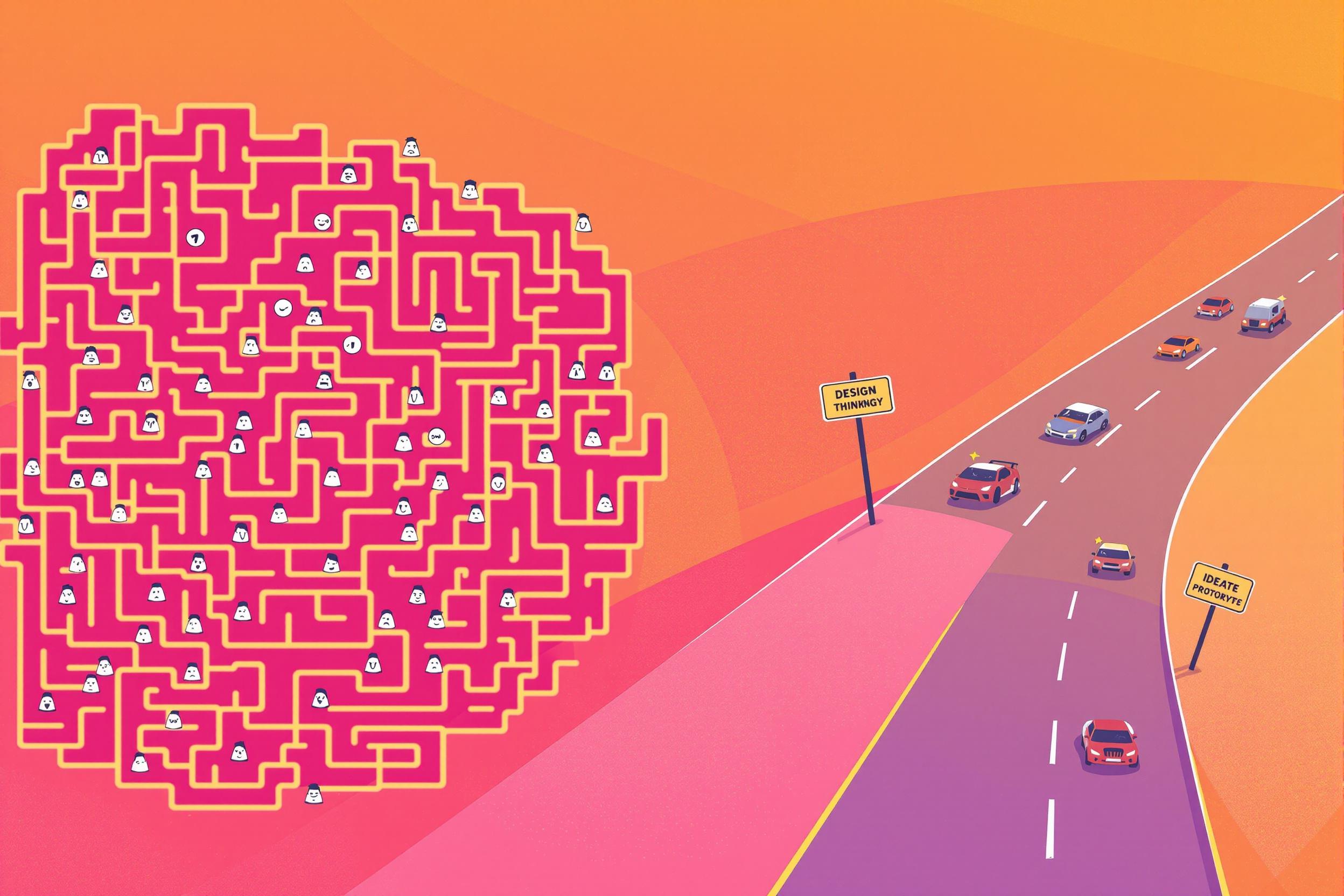
Traffic Calming
Traffic Calming refers to methods used to slow down vehicles and make streets safer for everyone. It's like creating a more peaceful environment on roads by using special design features. Think of it as installing 'speed bumps' but with many more creative solutions, such as narrowing roads, adding roundabouts, or creating curved paths that naturally make drivers slow down. Transportation planners use these techniques to help protect pedestrians, cyclists, and residents, especially in neighborhoods and busy urban areas. Similar terms you might see include 'street design,' 'road safety measures,' or 'neighborhood traffic management.'
Examples in Resumes
Implemented Traffic Calming measures that reduced speeding by 40% in residential areas
Designed Traffic Calming solutions for 5 school zones, improving pedestrian safety
Led community workshops to gather input on Traffic Calming strategies in historic downtown
Managed $2M budget for Traffic Calming and pedestrian safety improvements
Typical job title: "Transportation Planners"
Also try searching for:
Where to Find Transportation Planners
Professional Organizations
Online Resources
Job Search Resources
Example Interview Questions
Senior Level Questions
Q: How would you handle a community that's divided over implementing traffic calming measures?
Expected Answer: A senior planner should discuss community engagement strategies, data-driven decision making, presenting alternative solutions, and experience with building consensus among different stakeholder groups.
Q: What factors do you consider when developing a comprehensive traffic calming program for a city?
Expected Answer: Should explain considering safety data, community needs, budget constraints, emergency vehicle access, maintenance requirements, and how to prioritize different areas based on risk factors and community input.
Mid Level Questions
Q: What traffic calming measures have you found most effective in residential areas?
Expected Answer: Should be able to discuss various measures like speed humps, chicanes, or roundabouts, and explain when each is most appropriate based on street type and community needs.
Q: How do you measure the success of a traffic calming project?
Expected Answer: Should mention collecting speed data, crash statistics, pedestrian counts, resident feedback, and before/after studies to demonstrate improvement.
Junior Level Questions
Q: What are the basic types of traffic calming measures?
Expected Answer: Should be able to list and describe common measures like speed bumps, raised crosswalks, curb extensions, and explain their basic purposes.
Q: Why is community input important in traffic calming projects?
Expected Answer: Should discuss the importance of resident feedback, addressing local concerns, and ensuring solutions match community needs.
Experience Level Indicators
Junior (0-2 years)
- Understanding of basic traffic calming measures
- Ability to read and interpret traffic data
- Knowledge of street design guidelines
- Basic project coordination
Mid (2-5 years)
- Design of traffic calming solutions
- Community engagement experience
- Project management skills
- Data analysis and reporting
Senior (5+ years)
- Complex project management
- Budget oversight
- Policy development
- Stakeholder management
Red Flags to Watch For
- No experience with public engagement or community meetings
- Lack of knowledge about basic safety guidelines and standards
- Unable to read or interpret traffic study data
- No understanding of accessibility requirements or ADA compliance
Related Terms
Need more hiring wisdom? Check these out...

From Panic Pacing to Productive Hiring: How to Truly Improve Recruiter Efficiency

Cutting HR Costs Without Sacrificing Quality: A How-To for Savvy Executives

Why Your Hiring Process is a Maze (And How Design Thinking Can Turn It into a Superhighway)

